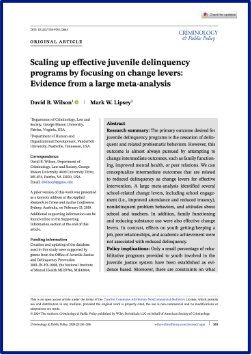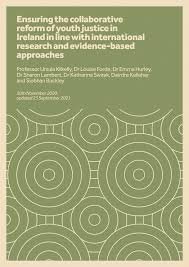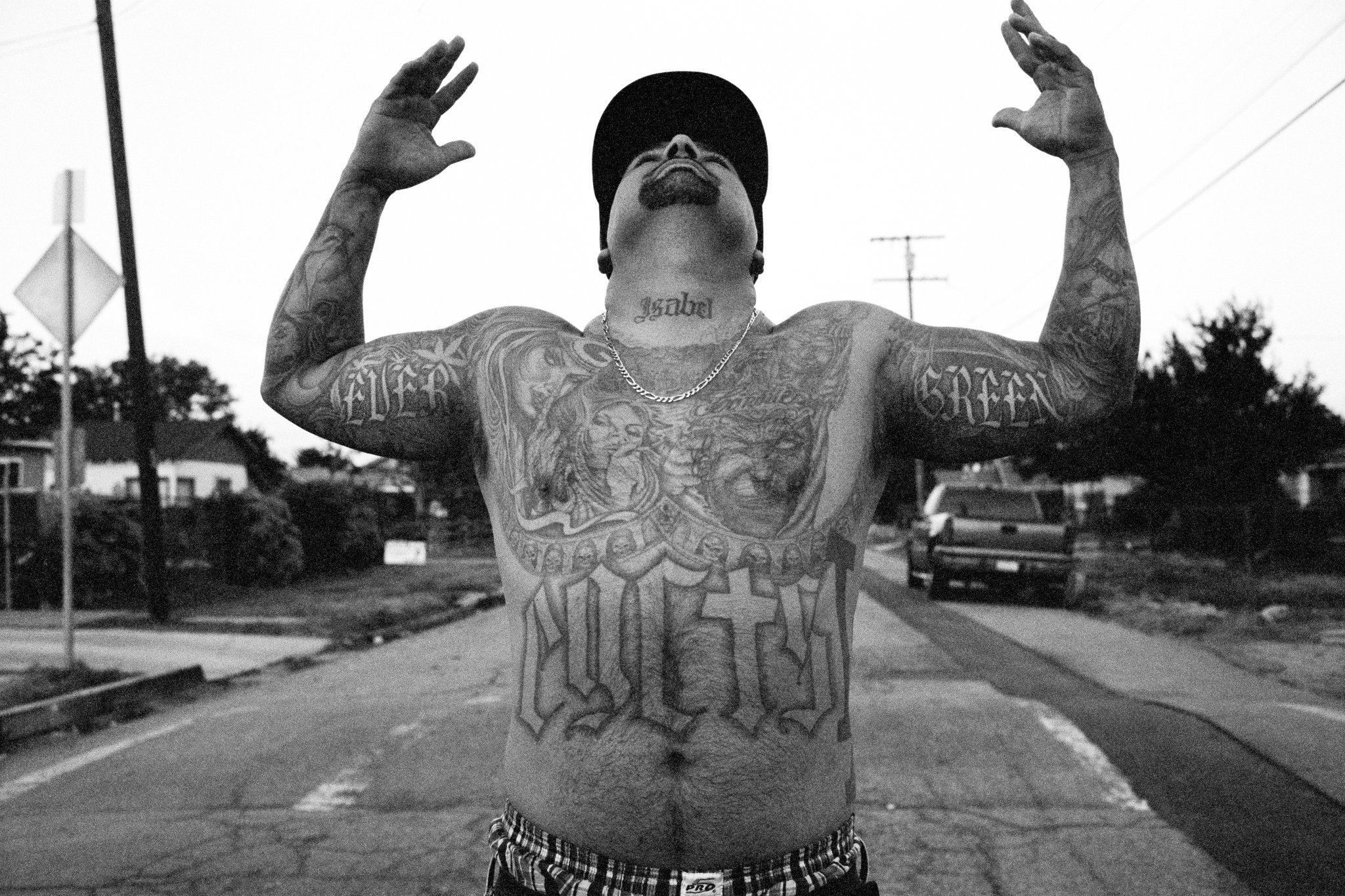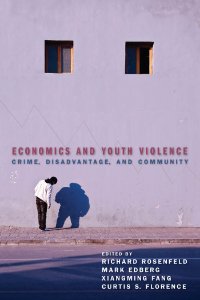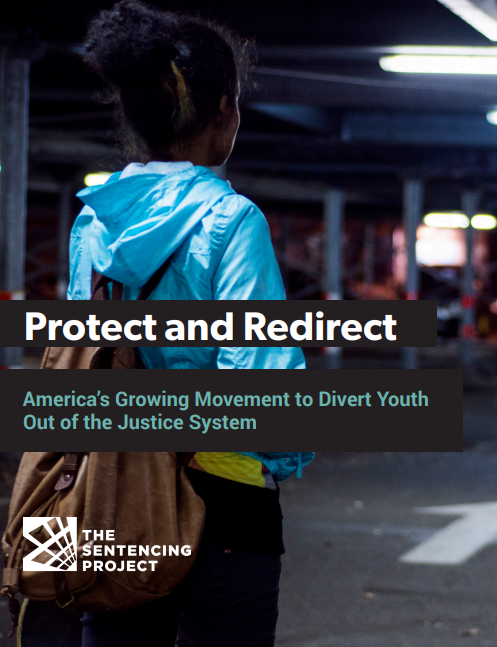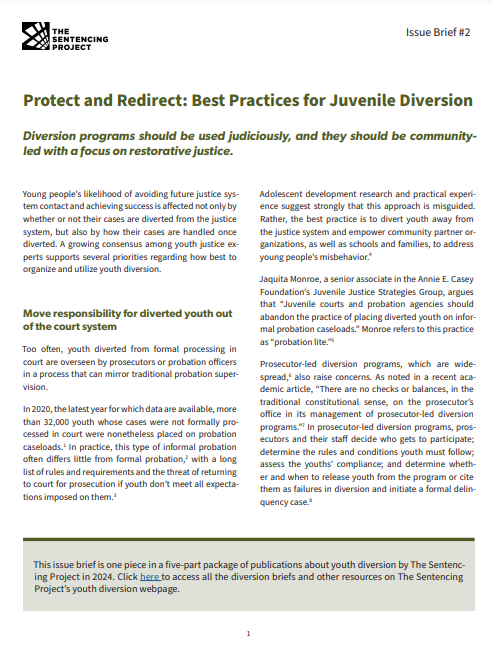By Marc Hyden and Steven Greenhut
During periods of surging crime or intense public concern about crime, politicians ramp up their tough-on-crime rhetoric—often focusing their ire on young offenders whom they depict as receiving unreasonably light sentences. Crime-related fears are understandable, but America is at risk of embracing policies—especially regarding juveniles—that may only worsen the problem.
Since the 1990s, the nation has shifted from an incarceration-heavy approach toward juvenile offenders to one that tries to keep them out of the criminal justice system and provide counseling, training and rehabilitation services instead. These innovative programs are yielding positive results in terms of public safety and fiscal policy.
There are two main types of programs: diversion and deflection. Diversion is generally considered to be a formalized effort to divert someone who is already in the criminal justice system. Deflection is a police-led type of pre-arrest diversion. For the purposes of this paper, it includes civil citations; formal pre-arrest diversion to case management or restorative justice; and co-responder or community programs that apply to juveniles. The terms are sometimes used interchangeably, but the goal of each approach is to find service-based alternatives to the traditional justice system.
A recent R Street Institute study surveyed these varying programs nationwide, which now are rightly a standard part of the criminal justice system. Given their documented success, rather than abandoning these programs amid currently heightened crime fears, policymakers should expand them. In this paper, we outline a path forward by exploring the value of deflection programs; reviewing the public safety and fiscal benefits they offer; and highlighting a case from one jurisdiction that underscores the benefits of the approach.
Washington, DC: R Street, 2022. 7p.





